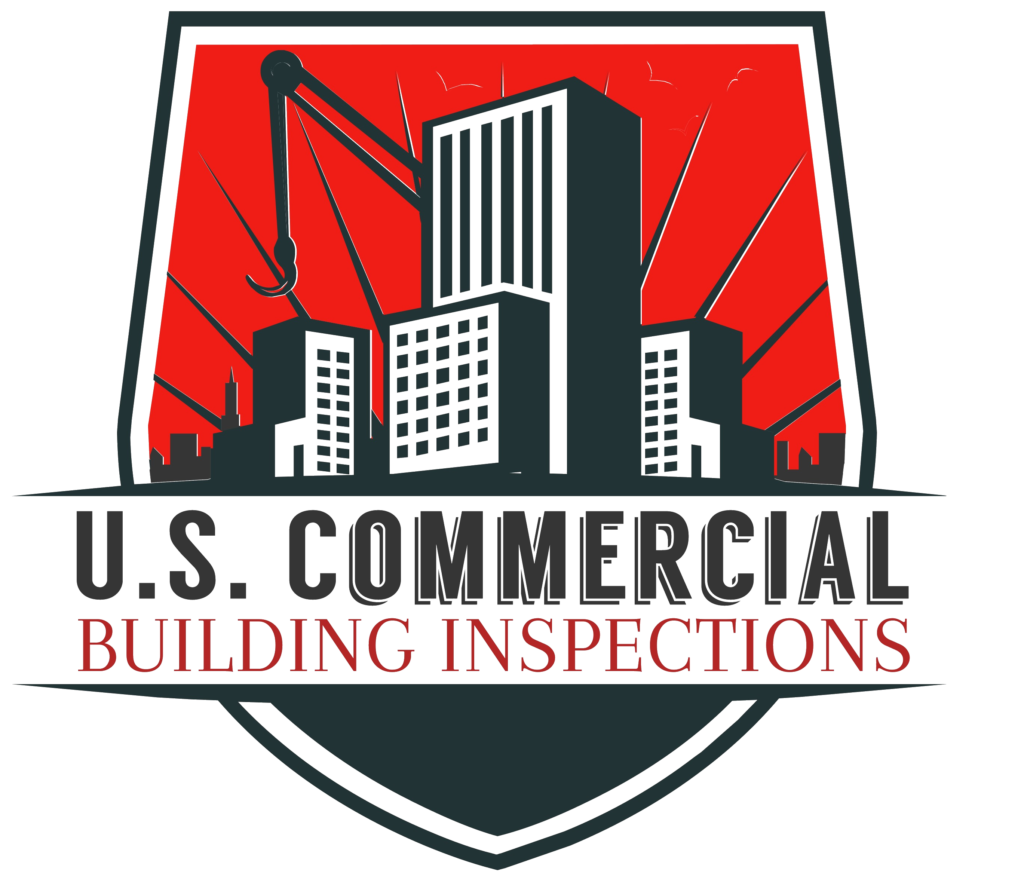The Commission on Accreditation of Rehabilitation Facilities (CARF) is an independent, non-profit organization that accredits a wide range of health and human services programs.
It is an international, independent, nonprofit accrediting body that sets standards for the quality, value, and outcomes of services provided by rehabilitation facilities.

CARF accreditation is a highly respected seal of approval for organizations that provide services to people with disabilities and special needs.
The requirements are designed to promote high-quality, person-centered care for individuals receiving services from accredited organizations.
To achieve accreditation, organizations must meet a set of standards that cover a range of areas, including governance, business practices, service delivery, and quality management.
It requires a rigorous process of self-assessment, documentation, and external inspection of an organization’s programs and services by a team of surveyors, who evaluate the organization’s compliance with the organization’s standards.
Some of the key areas that CARF accreditation requirements cover include:
Business Practices:
Organizations seeking CARF accreditation must demonstrate that they have sound financial management practices, effective risk management procedures, and appropriate record-keeping systems in place.
Governance and Leadership:
The organization must have a governing body that is responsible for the overall management and direction of the organization, and leadership that is knowledgeable and committed to meeting CARF standards.
Organizations must have a clear mission and vision, effective leadership, and a governing body that is responsible for the overall operation of the organization.
Service Delivery:
CARF standards require that organizations provide services that are based on evidence-based practices, are individualized to meet each person’s needs, and are delivered in a safe and effective manner.
Legal and Financial Requirements:
The organization must be a legally established entity and have the financial resources necessary to provide services in compliance with CARF standards.
Strategic Planning:
The organization must have a strategic plan that includes a clear mission statement, measurable goals, and objectives that are aligned with CARF standards.
Program Design and Management:
The organization must have programs that are designed and managed to achieve positive outcomes for clients, and that are consistent with CARF standards.
Client Rights:
The organization must promote and protect the rights
Personnel:
CARF standards require that organizations have qualified, competent, and trained staff who are able to deliver high-quality services to the individuals they serve.
Inspection Goal:
• Be accountable to our clients, referral agencies, and the community at large.
• Address health and safety concerns, such as building safety and emergency preparedness.
• Maintain management practices that are efficient, cost-effective, and based on outcomes and consumer
• Respect individual cultural preferences.
CARF Inspection Highlights:
1. The organization maintains a healthy and safe environment.
2. The organization maintains adequate and up to date records for CARF inspections and surveys
3. The organization meets the requirement or needs improvement
Inspection Requirements:
CARF- 1.H.1. The organization maintains a healthy and safe environment.
A successful health and safety program goes beyond compliance with regulatory requirements and strives to manage risk and to protect the health and safety of persons served, employees, and visitors.
The physical environment of the organization shows evidence of ongoing attention to safe practices, reduction of health and safety risks, and an overall concern for the health and safety of the persons served and personnel.
Emergency procedures include formal annual audits. Evaluation considerations include:
— Involving a health and safety committee or planning team to evaluate and update the organization’s emergency management procedure.
— Identifying need areas and vulnerabilities and addressing these issues.
— Emergency procedure lessons learned from drills and actual events.
— Ensuring that responsibilities and roles are understood by all persons on
the emergency management team.
— Emergency procedures reflecting physical plant or practice changes.
— Up-to-date records.
— Ensuring that outcomes of training objectives are met.
— Ensuring that community resources are consulted with annual updates.
— Updating letters of agreement annually.
Conclusion
Overall, CARF accreditation requirements are designed to ensure that organizations provide high-quality services that are responsive to the needs of the individuals they serve.
It can be a challenging process, but it can also be a valuable tool for organizations seeking to improve the quality of their programs and services.
The experts at U.S. Commercial Building Inspections provide initial consultations and third party annual CARF health and safety inspections.
We are experts in the in the accreditation requirements and can help you with a remote consultation to give you all the details and make sure your facility meets all the requirements.

Maurice is the Chief Inspector for U.S. Commercial Building Inspections of Southern California. He is a Certified Commercial Property Inspector (CCPI) with over 25 years of extensive experience in real estate, construction, restoration, remediation, and business development.
He holds numerous inspection certifications with the Commercial Property Inspectors Association (CCPIA), the International Association of Home Inspectors (InterNACHI), and he is also a Certified Mold Inspector (CMI), Certified Mold Remediator (CMR), and a member of the Indoor Air Quality Association (IAQA).
